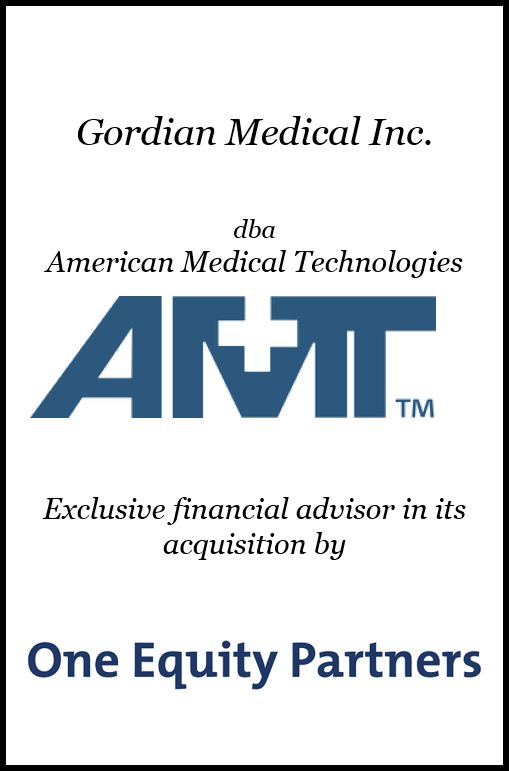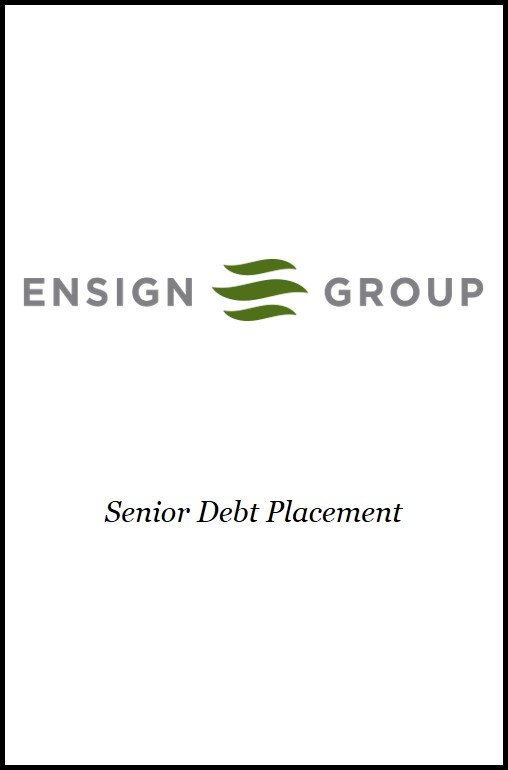GENERAL TRENDS
Senior Living Industry Outlook & Observations
The U.S. senior living market was $87.4 billion in 2021 and is expected to grow at a CAGR of 5.5% from 2022 to 2030, according to Grand View Research
The primary driver of growth in the sector is the rise in geriatric population due to increased life expectancy
According to the United Nations World Population Prospects, by 2050, one in six people in the world will be over age 65 (16%), up from one in 11 in 2019 (9%)
Population aging is accelerating in developed, Western nations with one in four people living in Europe and Northern America expected to be aged 65 or over by 2050, according to the same UN report
Other drivers of growth include advancements in overall healthcare technology and medical science which have initiated a wave of transformation in the elder and disabled care segment
Key opportunities include the development of sophisticated, yet user-friendly devices and services, IoT-enabled biometrics and home monitors, and telemedicine and mobile health platforms
While demand for high quality senior housing properties has historically outpaced availability and driven transaction prices to near record high levels, COVID-19 and its effects on growth have not yet waned
Rising construction costs, longer construction schedules, and protracted labor shortages continue to pose challenges, but new development opportunities remain attractive to investors in the senior housing market due to historically strong investment performance, availability of capital, and strengthening demand
Deal volume reached an all-time high in 2021 and senior living remains an attractive segment for M&A activity
Industry Insight: Senior Housing Ready to Turn the Corner
The pandemic has had a disproportionate effect on older populations and residents of senior housing communities. Adults aged 65 or older, and especially those with preexisting conditions living in close proximity with others, are more likely to have severe infection compared to other age groups. Fortunately, occupancy and investment activity are slowly trending upwards as the senior living market looks to recover to pre-COVID levels.
Following record lows in 2020, occupancy rates within primary and secondary senior housing markets are slowly recovering from 80.8% at the end of 2020 to 81.6% in the fourth quarter of 2021, according to Lument
Occupancy appears to be improving despite new COVID outbreaks such as the Omicron variant, in part due to operational refinements and increased emphasis on creating safe environments
Some challenges will take more time to address, such as labor, which is typically the largest expense for senior living operators
Staffing pressures have been exacerbated since the outbreak of the pandemic and are not expected to improve in the near-term
The senior housing market has challenges to overcome, but is poised for a steady recovery as the target demographic inexorably grows and drives demand.
M&A ACTIVITY
Senior Living M&A Activity Holding Strong
DEAL SPOTLIGHT
SELECTED 555 SENIOR LIVING TRANSACTIONS
ABOUT 555 CAPITAL ADVISORS
Investment bank and advisory firm providing bespoke M&A, capital raise and related services to middle market companies
Transactions: 100% Sale or Divestiture, Growth Capital, Recapitalizations, Mergers, Management Buyouts, Acquisition Advisory and Financing
Industries Served: Manufacturing, Business Services, Consumer, Technology and Healthcare
Highly experienced and personalized client relationships: 25+ years experience, 200+ transactions and mandates, customized solutions
The opinions expressed herein are those of 555 Capital Advisors. There is no guarantee that any predictions/projections as to certain market activity or events will come to fruition or past market or transaction performance referenced within will yield the same results as transactions previously conducted by 555 Capital Advisors.






